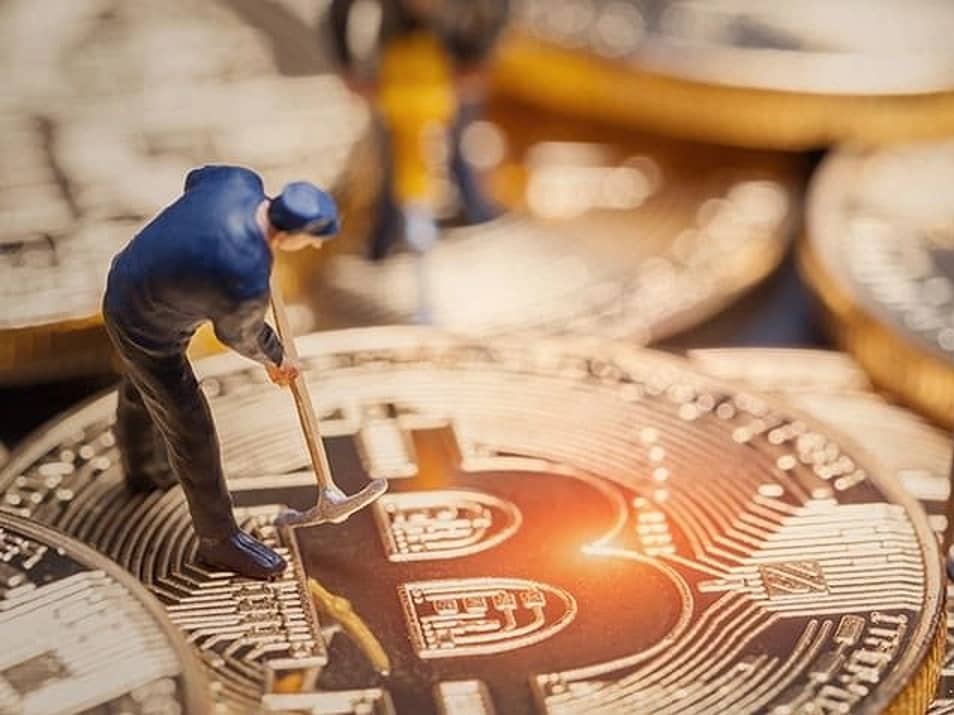Subscribe to wiki
Share wiki
Bookmark
Mining
The Agent Tokenization Platform (ATP):Build autonomous agents with the Agent Development Kit (ADK)
Mining
Cryptocurrency mining is validating and recording transactions on a blockchain network while creating new units of a specific cryptocurrency. [1]
Overview
Crypto mining involves using specialized computer hardware to solve complex mathematical puzzles or algorithms. Miners compete against each other to find the solution and validate a block of transactions. Once a miner successfully solves the puzzle, they add the block to the blockchain and are rewarded with a certain amount of crypto as an incentive. [2]
The reward decreases transaction fees by creating a complementary incentive to contribute to the processing power of the network. Mining is measured by hash rate typically in TH/s.[5]
Some miners pool resources, sharing their processing power over a network to split the reward equally, according to the amount of work they contributed to the probability of finding a block. A "share" is awarded to members of the mining pool who present a valid partial proof-of-work.
Mining Hardware
To participate in crypto mining, miners utilize powerful computer systems equipped with specialized mining hardware. In the early days of cryptocurrencies like Bitcoin, mining was possible using standard CPUs (central processing units) or GPUs (graphics processing units). However, as cryptocurrencies gained popularity and the mining difficulty increased, dedicated mining hardware called ASICs (Application-Specific Integrated Circuits) was developed. ASICs are highly efficient and designed specifically for mining cryptocurrencies like Bitcoin, Litecoin, etc. [1][3]
GPU Price Increase
An increase in cryptocurrency mining increased the demand for graphics cards (GPU) in 2017. The computing power of GPUs makes them well-suited to generating hashes. [6]
Mining Accelerator Chips
Multiple companies have developed specialized crypto-mining accelerator chips, offering higher price-performance capabilities compared to CPU or GPU mining. Intel, at one point, introduced its crypto accelerator chip, called Blockscale. [7]
Mining Pools
Mining pools allow miners to combine their computational resources in order to increase their chances of finding and mining blocks on a blockchain. When a block is successfully mined, the rewards are distributed among the participants based on their contributed computing power. [4]
Energy Consumption
Crypto mining requires substantial computational power, which translates into high energy consumption. This has led to concerns about the environmental impact of mining, particularly for cryptos like Bitcoin. The energy consumption associated with mining has prompted discussions on the development of more energy-efficient mining technologies and the use of renewable energy sources to mitigate environmental concerns. [4]
Mining Rewards
Miners are rewarded for their computational efforts in the form of newly minted cryptocurrency and transaction fees. The specific reward structure varies among different cryptocurrencies. For Bitcoin, the reward is halved approximately every four years in an event known as "Bitcoin halving." This mechanism is designed to control the inflation rate and ensure a limited supply of Bitcoin over time. [2]
See something wrong?
The Agent Tokenization Platform (ATP):Build autonomous agents with the Agent Development Kit (ADK)
